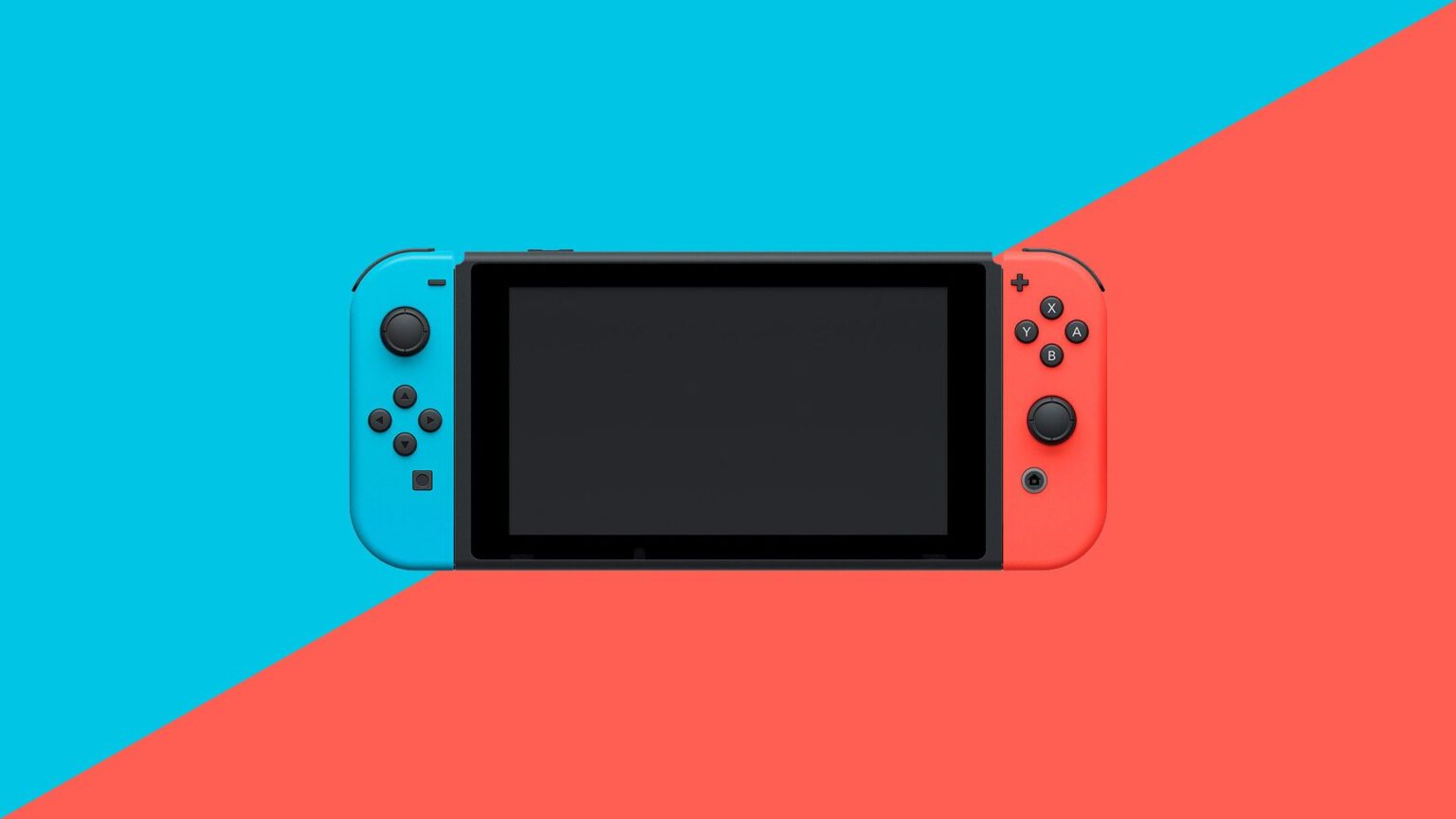In the advent of the newest console generation, Microsoft and Sony have put their best foot forward with their latest machines. The jump from the eighth and ninth generation is the biggest technological leap in comparison to previous ones. However, one major company has remained tight-lipped and dormant in the face of all the console upgrades: Nintendo.Being released toward the tail end of the eighth generation, the Nintendo Switch lags behind in practically all tech categories when held next to the PS5 and XSX/XSS, with its main benefit being portability. The same comparisons can be drawn even when the Switch is held next to its eighth-generation competitors. That isn’t to downplay its success as a console. It has been named the best-selling console in the US for 24 consecutive months by Business Wire, with over 1.35 million units sold in November of 2020 alone. It also helps that Sony and Microsoft don’t have enough next-gen consoles to satisfy their eager customers. Still, if Nintendo wants to compete on an even playing field with its competition, its time its flagship console got an upgrade and it seems like it’s possibly next on the company’s to-do list. Well-known dataminer and console hacker, SciresM, has uncovered potential information about the rumored “Switch Pro” based on information sifted by looking through the console’s firmware code. Based on what they were able to uncover, this article will be detailing three major features the Switch Pro could have if it is released. However, as all of this is under speculation and subject to change, take what is stated with a grain of salt until proven otherwise.
1. 4K Support
It’s about high time Nintendo caught up in the resolution race with its competitors. SciresM was able to uncover new hardware, through datamining, codenamed “Aula,” which uses a Mariko System on Chip (SoC). An SoC, simply put, is a chip/integrated circuit that holds many components of a system (CPU, memory, storage, etc.). They are designed to be efficient multimedia processors that emphasize performance, particularly for gaming, without sacrificing power efficiency. The Switch currently uses NVIDiA’s Tegra X1. The Mariko SoC is a codename for the improved Tegra X1+, which has been touted since 2019 for “4K excellence.” This lines up with the firmware details SciresM uncovered, as Aula “has firmware support with some Realtek chip that advertises itself as a ‘4K UHD multimedia SoC.’”SciresM is debating whether the chip would be featured within the Switch console or a new and improved dock, as Aula is stated to assist in handheld mode, though whether the handheld console will have 4K display is not yet verifiable. SciresM is leaning toward the chip being built into the dock. However, that doesn’t mean the handheld isn’t getting an upgrade.
2. Upgraded Handheld Screen OLED
Though unsure about the resolution, SciresM predicts the Switch Pro will come with a OLED screen display, replacing its current LCD model. OLED is much lighter and thinner than its LCD counterpart and allows for insane levels of visual contrast, down to pixels, giving depth and realism to whatever is being displayed. If the handheld can indeed display at a 4K/60FPS resolution, as the Mariko SoC is capable of, it will be an incredible portable experience that no other console on the market can offer—and one Nintendo can monopolize to the fullest.OLEDs are a bit pricey, though they have been dropping slightly in recent years, which was probably why Nintendo chose the LCD display for the original Switch in the first place. If the Switch Pro does go with the OLED option, this could spell a substantial cost uptick in the console’s price when combined with its upgraded internals. Such is the price to pay for next-gen.
3. Improved Handheld Experience
What the Mariko SoC and OLED display could do for the Switch handheld cannot be overstated. LCD screens are already energy efficient but OLEDs take efficiency to another level with the ability to completely “switch off” black pixels, leading to remarkably small energy consumptionThough LCD screens win in the brightness category, thanks to its LED backlight, screen brightness is the biggest bane to battery life and energy efficiency in handheld machines. Almost no one uses devices at full brightness these days, save for a select minority, to save battery power and keep device temperature levels to a minimum. LCDs draw much more power than OLED will at full brightness (though this comparison can differ depending on an LCD’s LED backlight setting). However, it is not recommended for OLED screens to be run at lower brightness levels due to it also lowering contrast levels, reducing overall visual clarity. Still, this efficiency is within the user’s control and preference.The Mariko SoC adds a whole other element to energy efficiency. It will allow for beefier and more robust performance than the progenitor Switch thanks to substantially better cooling and battery life. In SciresM’s words, it’s a “bona fide die shrink over the original.” The Switch Pro rumors have been circulating for a long time. Hopefully, 2021 will be the year where everyone will see these talks actualized.
No related posts.






